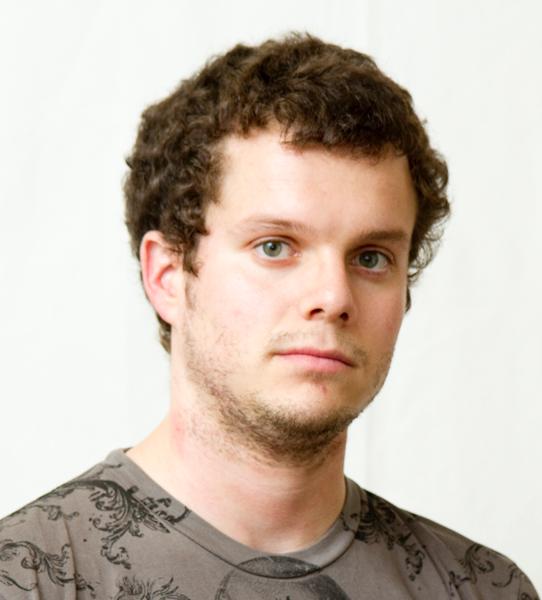I invite you to take a moment and ponder the implications of greatly increased computing power. Think about what the development of more powerful and faster computers have already done to and for human society. Could we push this development further and defy the edge of what is possible?
In my humble opinion the answer is yes, due to a phenomena established in 1965 by Intel co-founder Gordon E. Moore known as Moore’s Law. The law states that the number of transistors that can be placed on an integrated circuit doubles between every 18 and 24 months; this in turn translates into a doubling of computing power in the same time frame.
The consensus among the computer science community is that this trend will continue until around 2030. When we consider developments in the fields of nano and biotechnology, however, it is not unreasonable to imagine this trend running further. If we assume even the low end of this trend, then by the year 2030 computers will be roughly 500 times more powerful than they are today. The average smart phone already has more computing power than NASA did when they put a man on the moon in 1969. Consider the possibilities if computing power was amplified by a factor of 500. Think about the implications when that device is as cheap, if not cheaper, than the average smart phone, thus allowing it to be accessible to billions.
I believe that within our lifetimes, computing power will reach the point that we will be able to reverse engineer the human brain. Complex tasks such as surgery will be able to be handed to a machine. Three-dimensional printing will become a reality. If Ray Kurzweil, author of “The Singularity is Near: When Humans Transcend Biology” is right, we will be able to construct a machine capable of recognizing its own deficiencies and improving itself.
With that level of power, what will we do? What will we do when it is possible to turn over every aspect of production to machines, which don’t need to be paid, don’t need to sleep and don’t need time off? This is something of a double-edged sword. One could imagine this as being a beautiful piece of architecture in which every human being on the planet is provided for in a reasonable manner. One could just as easily envision something along the lines of James Cameron’s Terminator. I am fairly certain that stopping technological progression towards this impasse is both impractical and untenable. So how will we handle this?
We have two options. We could fear it and attempt to stop it, or we could welcome the change. I vote for the latter. Let’s push this boundary to the edge of possibility and reap the rewards while being ever mindful of the high wire we walk. If we take the position that each new breakthrough could be used to do great and horrific things alike and if we then set about securing ourselves against these potential threats, then we could safely employ technology on a level that has never before been attempted. Let’s use computers to create a world of unprecedented abundance. Let’s enjoy the fruits of our labor. We could use technology to build a second Eden if we chose to.
Austin Duke is a biology sophomore.
He can be reached at












